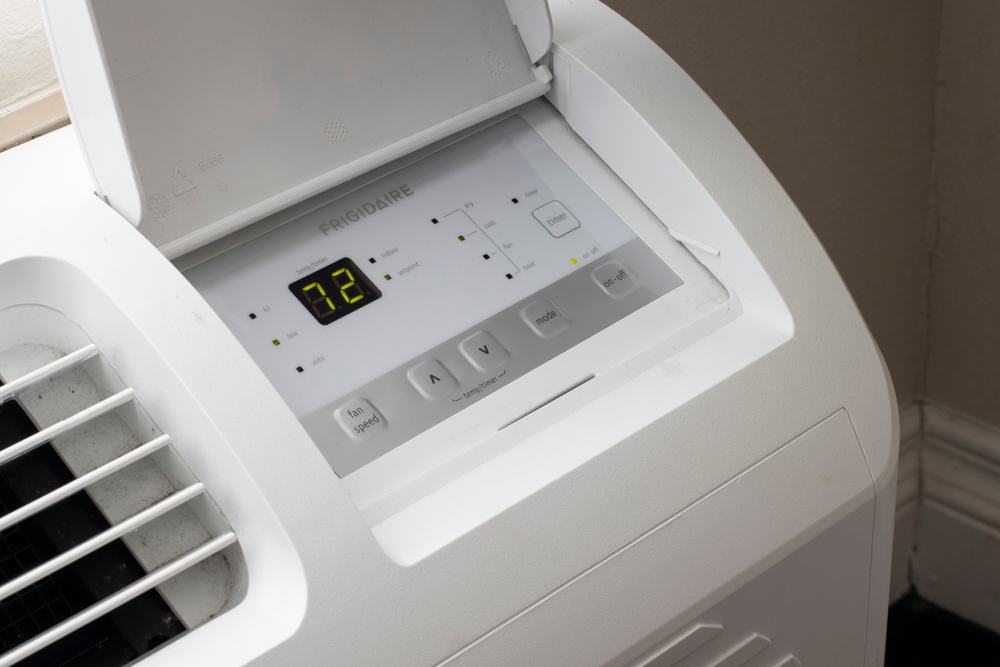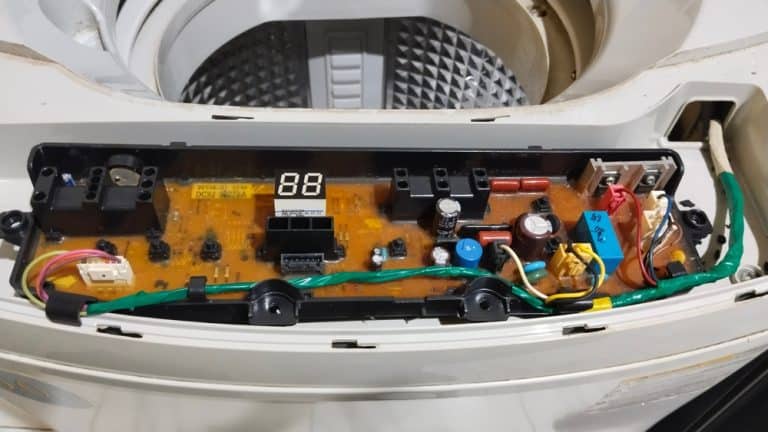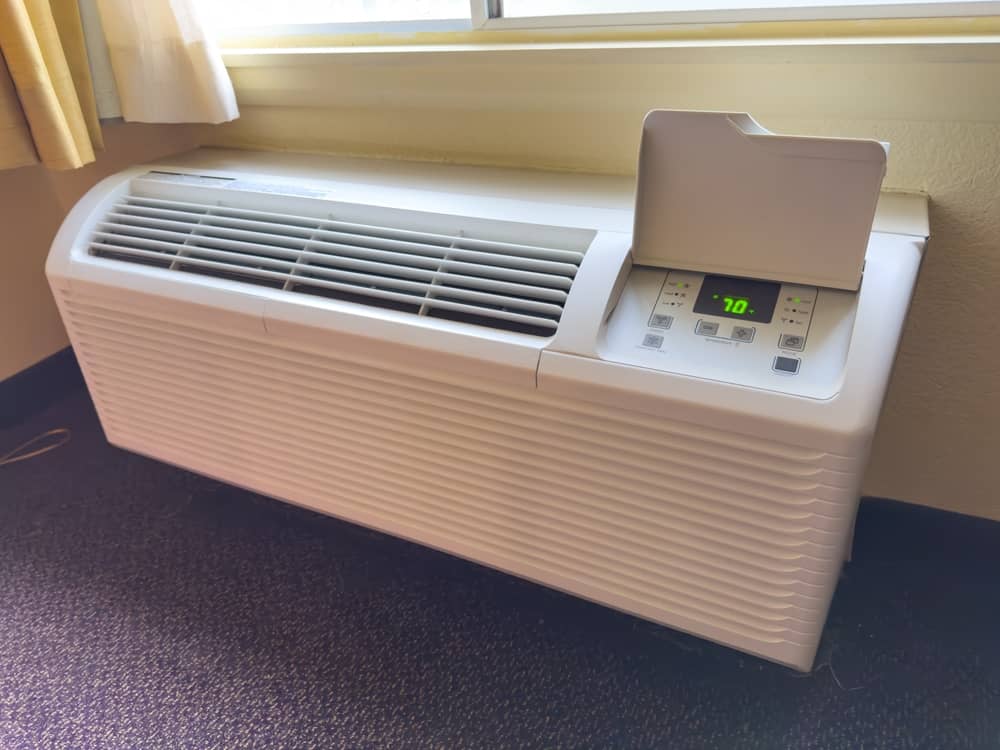Menu
(646) 740-0112
(646) 740-0112
Discover why residents and property managers in New York City trust us for their HVAC needs. Read testimonials from our clients who have experienced the quality, professionalism, and reliability that we bring to every project. Their stories highlight our commitment to excellence and customer satisfaction.

In Fort Hamilton, NY, residents often rely on their PTAC units to provide comfortable indoor temperatures throughout the year. At High Tech PTAC Service NYC, we understand that encountering issues with your PTAC unit can be frustrating and inconvenient. Common problems include the unit not turning on, producing strange noises, or failing to cool effectively. These issues can range from minor annoyances to major disruptions, especially during extreme weather conditions. Identifying these problems early on is crucial to maintaining a comfortable living or working environment.
Furthermore, we at High Tech PTAC Service NYC, serving Kings County, have observed that issues like water leakage, foul odors, and erratic cycling are also prevalent in PTAC units. These problems often indicate deeper issues within the system, such as blocked drainage, dirty filters, or malfunctioning thermostats. Our team of experts in Fort Hamilton, NY, is well-equipped to diagnose and resolve these issues efficiently. Early detection and timely repair not only ensure your comfort but also extend the lifespan of your PTAC unit.
Our team in Fort Hamilton, NY, is highly trained and experienced in PTAC repair, ensuring quality service every time.
At High Tech PTAC Service NYC, customer satisfaction is our top priority, and we go above and beyond to meet your PTAC needs in Kings County.
We understand the urgency of PTAC issues, which is why we offer prompt and reliable repair services to all our clients in Fort Hamilton.

Encountering issues with your PTAC unit in Fort Hamilton, NY, can be a challenging experience. However, there are several DIY steps you can take before seeking professional help. Begin by ensuring that your PTAC unit is properly connected to a power source. Check the circuit breakers and power cords for any signs of damage or disconnection. Sometimes, a simple reset can bring your PTAC unit back to life. Additionally, cleaning or replacing the air filter is a crucial step. A dirty air filter not only reduces efficiency but can also lead to poor air quality and increased energy consumption.
If these initial steps don’t resolve the issue, it may be time to delve a bit deeper. Check the thermostat settings and ensure they are appropriate for the current weather in Kings County. Also, inspect the external vents for any obstructions that could impede airflow. If you’ve gone through these steps and your PTAC unit is still not functioning correctly, don’t hesitate to call (646) 740-0112 for professional assistance. The experts at High Tech PTAC Service NYC are always ready to provide comprehensive repair services to restore your PTAC unit’s functionality and ensure your comfort in Fort Hamilton.

When your PTAC unit in Fort Hamilton, NY, encounters issues beyond simple DIY fixes, it’s time to turn to professional repair services. At High Tech PTAC Service NYC, we have a dedicated team of technicians who specialize in PTAC systems. Our professionals are equipped with the necessary tools and knowledge to handle a wide range of PTAC issues. From electrical faults to mechanical wear and tear, we ensure thorough diagnostics and efficient repairs. Our approach involves a detailed examination of your unit, identifying the root cause of the problem, and implementing effective solutions to restore optimal functionality.
Moreover, opting for professional PTAC repair services in Kings County means benefiting from expert advice and long-term solutions. Our technicians at High Tech PTAC Service NYC not only fix the immediate problem but also provide guidance on maintaining your unit to prevent future issues. Regular maintenance and professional servicing can significantly extend the life of your PTAC unit and improve its efficiency. By choosing (646) 740-0112 for your PTAC repair needs, you’re ensuring that your unit receives the highest standard of care, guaranteeing your comfort and peace of mind in Fort Hamilton.
On July 4, 1776, a small American battery (the Narrows Fort) on the site of today’s Fort Hamilton (the east side of the Narrows) fired into one of the British men-of-war convoying troops to suppress the American Revolution. HMS Asia suffered damage and casualties, but opposition to the immense fleet could be little more than symbolic. However, this very significant event marked one of the earliest uses of the site for military purposes.
The War of 1812 underscored the importance of coastal defense (since the British burned parts of Washington, DC) and helped to promote a new round of fort building. The new forts, including Fort Hamilton, were eventually termed the third system of US seacoast forts. The cornerstone for Fort Hamilton was set in place by its designer, Simon Bernard, on June 11, 1825. Bernard was previously a French military engineer under Napoleon, who had joined the US Army after Napoleon’s defeat in 1815. Six years and a half million dollars later, the fort was ready to receive its garrison, initially Battery F of the 4th US Artillery.
Fort Hamilton (now the Casemate Fort, Whiting Quadrangle) was designed primarily as a landward defense for Fort Lafayette, although it had a sea-facing front as well. Fort Lafayette was offshore on Hendricks Reef, and was demolished in the 1960s to make room for the eastern tower of the Verrazzano-Narrows Bridge. Fort Hamilton was in the shape of a trapezoid, with the wide side facing the Narrows and the narrow side facing inland. It had two tiers of cannon all around: a casemated tier inside the fort and a barbette tier on the roof. Loopholes for muskets were provided on the three landward sides. A dry ditch also protected these three sides. A caponier, a rare feature in US forts, projected into the ditch to defend it against attack. Two smaller caponiers enclosed the ends of the ditch, projecting off the seacoast front. The fort’s sally port was in the middle of this front. A square redoubt with its own ditch was located behind the fort to provide an initial landward defense position.
Learn more about Fort Hamilton.Designed by Hub It Group